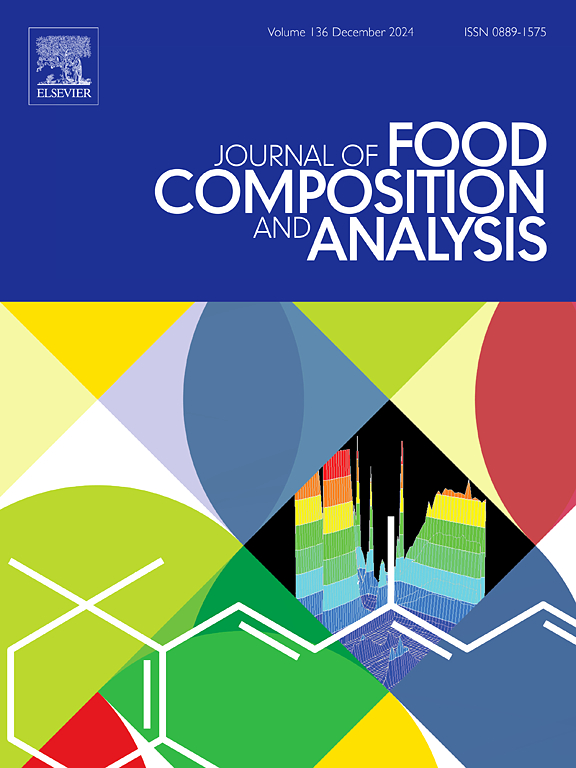Detection of amylose content in rice samples with spectral augmentation and advanced machine learning
IF 4
2区 农林科学
Q2 CHEMISTRY, APPLIED
引用次数: 0
Abstract
Amylose content (AC) in rice samples constitutes one of the many essential indicators for determining its eating taste and quality. This paper describes an integrated strategy using spectroscopy (12000–4000cm−1), spectral pre-processing, data/spectral augmentation, wavelengths/features selection, and sophisticated machine learning (ML) approaches to identify AC in rice samples reliably. Two scenarios were tested: one with the original dataset and another with SMOTE-augmented spectral dataset. Furthermore, the performance of the models was also evaluated on segmented wavelengths range 9000–4000 cm−1. The most informative wavelengths were chosen and used in different ML models, including stacking regressors and classifiers for forecasting the AC. The regression analysis yielded the best results with a coefficient of determination (R²) of 0.968, Root Mean Squared Error (RMSE) of 0.306, and Ratio of performance of deviation (RPD) of 5.564. The classification performance achieved an F1 score of 99.0 %, with a 5-fold average F1 score of 91.2 %. These findings show that the suggested technique can identify AC in rice in a non-destructive and dependable manner, significantly improving model performance over previous works.
求助全文
约1分钟内获得全文
求助全文
来源期刊

Journal of Food Composition and Analysis
工程技术-食品科技
CiteScore
6.20
自引率
11.60%
发文量
601
审稿时长
53 days
期刊介绍:
The Journal of Food Composition and Analysis publishes manuscripts on scientific aspects of data on the chemical composition of human foods, with particular emphasis on actual data on composition of foods; analytical methods; studies on the manipulation, storage, distribution and use of food composition data; and studies on the statistics, use and distribution of such data and data systems. The Journal''s basis is nutrient composition, with increasing emphasis on bioactive non-nutrient and anti-nutrient components. Papers must provide sufficient description of the food samples, analytical methods, quality control procedures and statistical treatments of the data to permit the end users of the food composition data to evaluate the appropriateness of such data in their projects.
The Journal does not publish papers on: microbiological compounds; sensory quality; aromatics/volatiles in food and wine; essential oils; organoleptic characteristics of food; physical properties; or clinical papers and pharmacology-related papers.
 求助内容:
求助内容: 应助结果提醒方式:
应助结果提醒方式:


